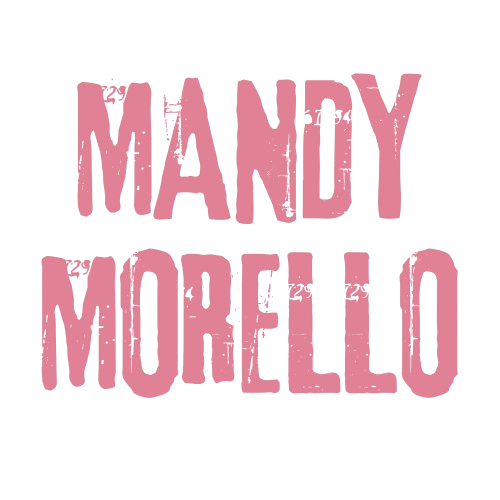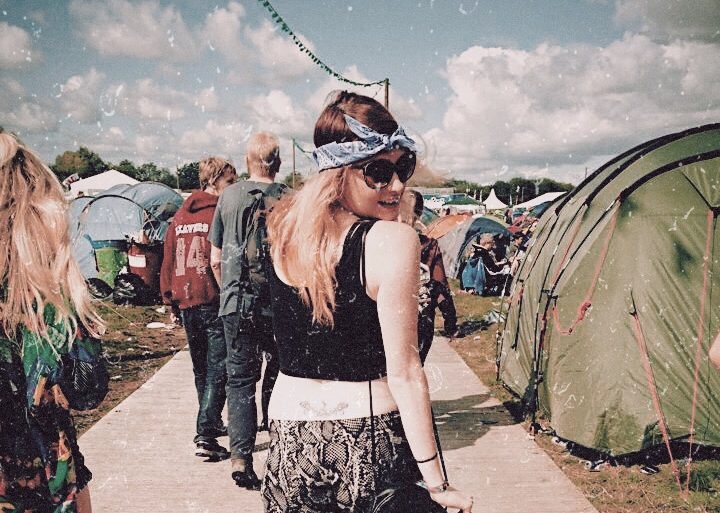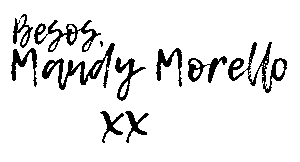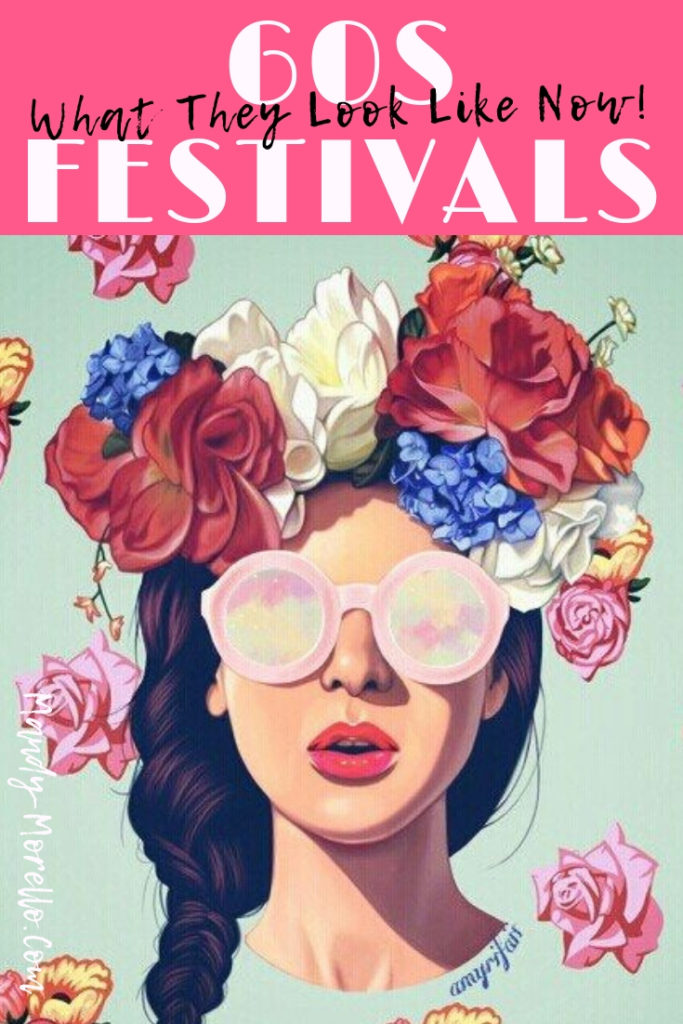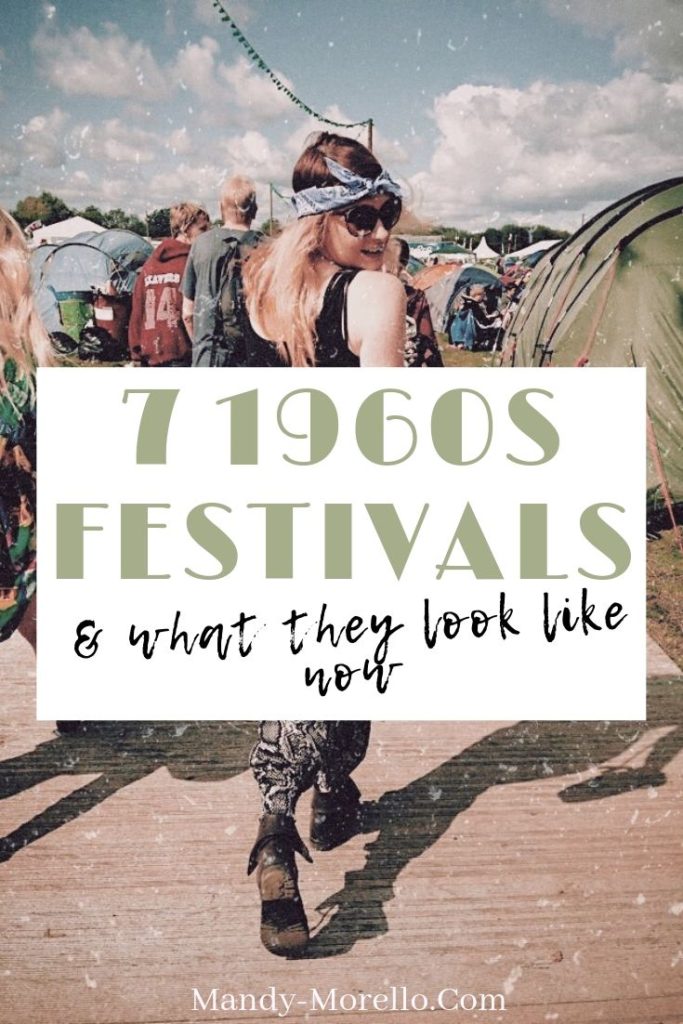7 Popular 60s Festivals & What They Look Like Now
June 5, 2019
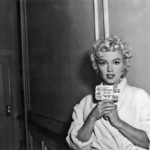 Previous post
8 Iconic Marilyn Monroe Movies You Need To Watch
Previous post
8 Iconic Marilyn Monroe Movies You Need To Watch
